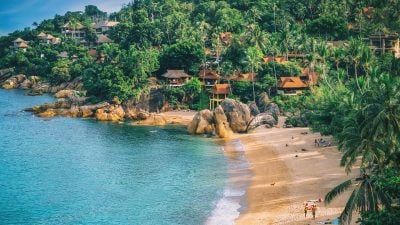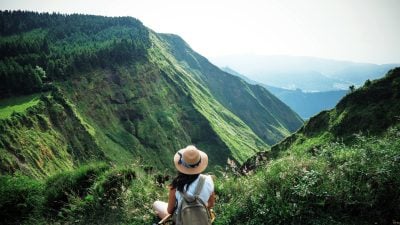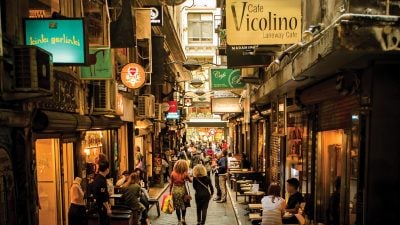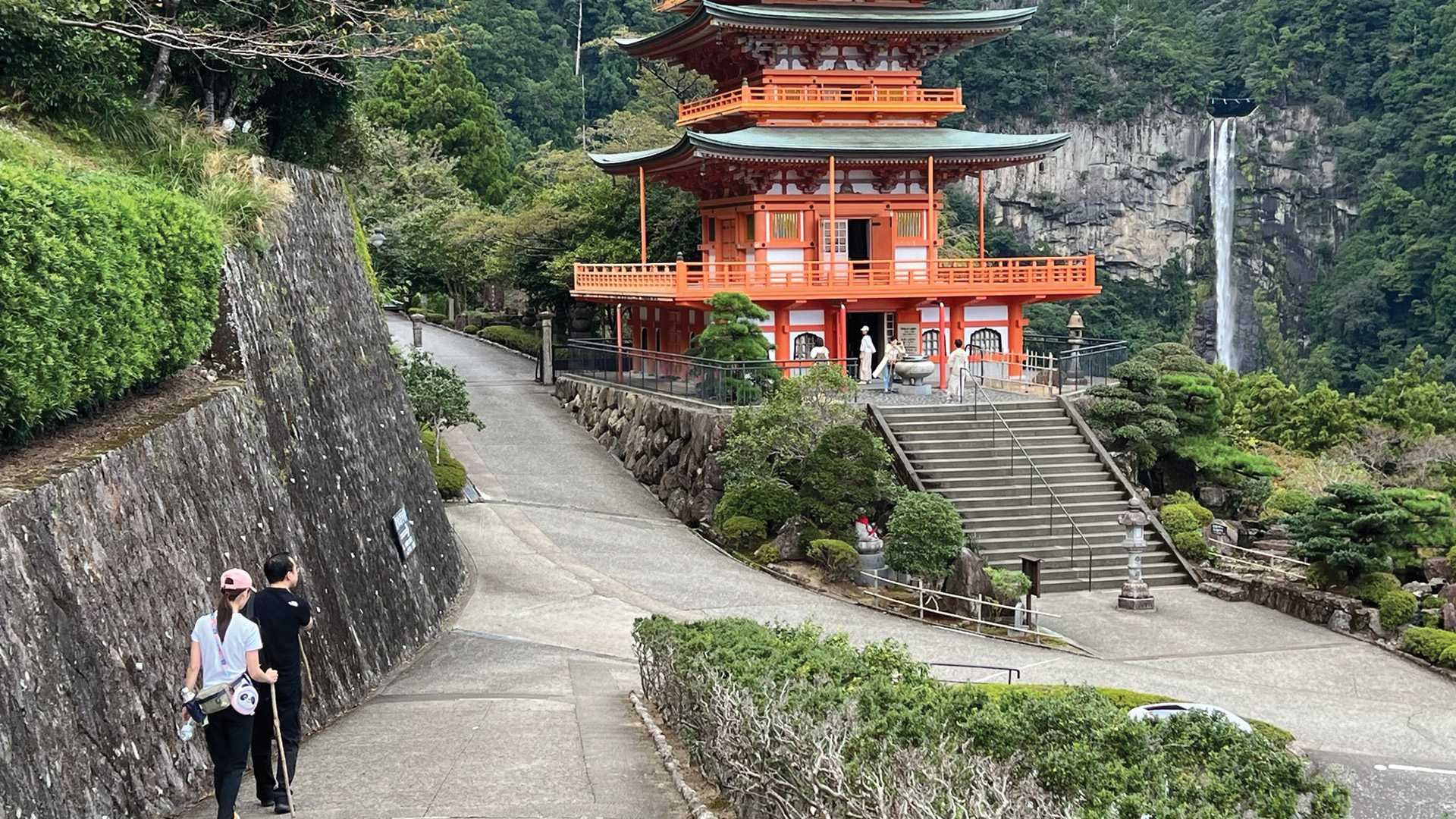
My Dual Pilgrimages in Japan & Spain
On pilgrimage, you learn how close the past and present are. Millions of other travellers have trod the same path you’re currently walking on. Passing through forests and over fields that have remained unchanged for millennia, you realize it’s the same soil, the same spiritual pull, that unites you and all those people that have come before you.
I’ve been fortunate to have had two unique pilgrimage experiences in two very different parts of the world. In Spain, I hiked from Mondonedo to Santiago de Compostela, a segment of the iconic Camino de Santiago, which attracts hundreds of thousands of pilgrims each year. In Japan, I did a shorter hike between two of the three Kumano-sanzan shrines of the Kumano Kodo on the Kii Peninsula to the south of Osaka.
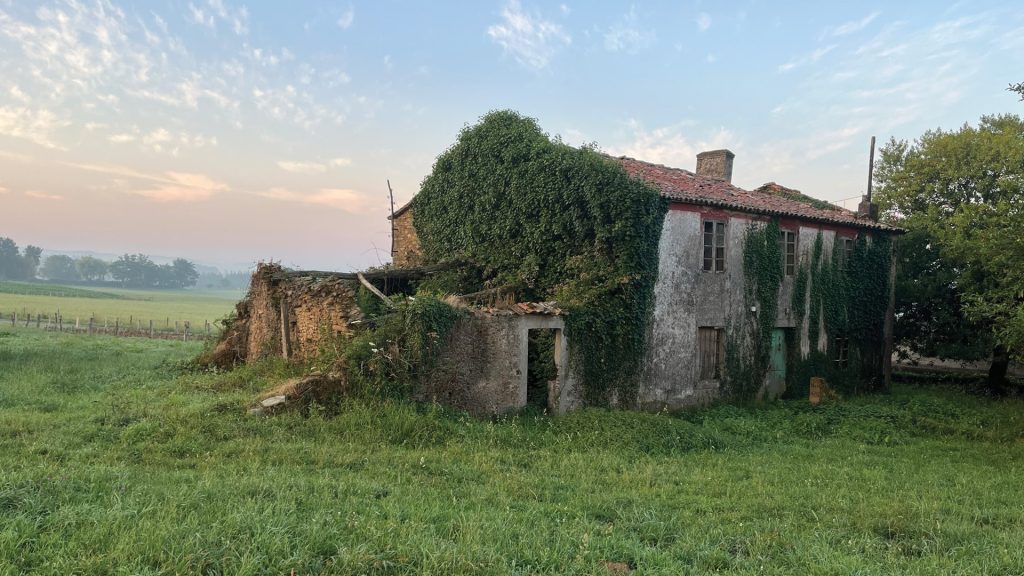
Many years ago, I read Paulo Coelho’s The Pilgrimage and later Shirley Maclaine’s The Camino. After reading these books, I became fascinated with the Camino and knew that one day I would walk it. Last Christmas, my sister Sandra told me she was hiking the Camino del Norte over a five-week period in June, so I had my chance. I joined her for 108 mi (174 km) of her 532 mi (857 km) journey. A few months later, I was invited to Japan and hiked between Kumano Hongu Taisha and Kumano Nachi Taisha via the Daimon-zaka, an ancient stone staircase lined with centuries-old trees. I only got a taste of both hikes, but experiencing them changed me.
Both trails share an incredible sense of history and sacred power. They boast abundant natural settings, but the experiences go far beyond witnessing the aesthetic beauty of these places. The millions of pilgrims who have hiked these trails for more than 1,000 years have instilled them with a power that’s hard to describe. Despite the differences between Kumano, which is a syncretic religion blending Shinto and Buddhist practices, and Roman Catholicism, both trails demonstrate the spiritual power of these nations.
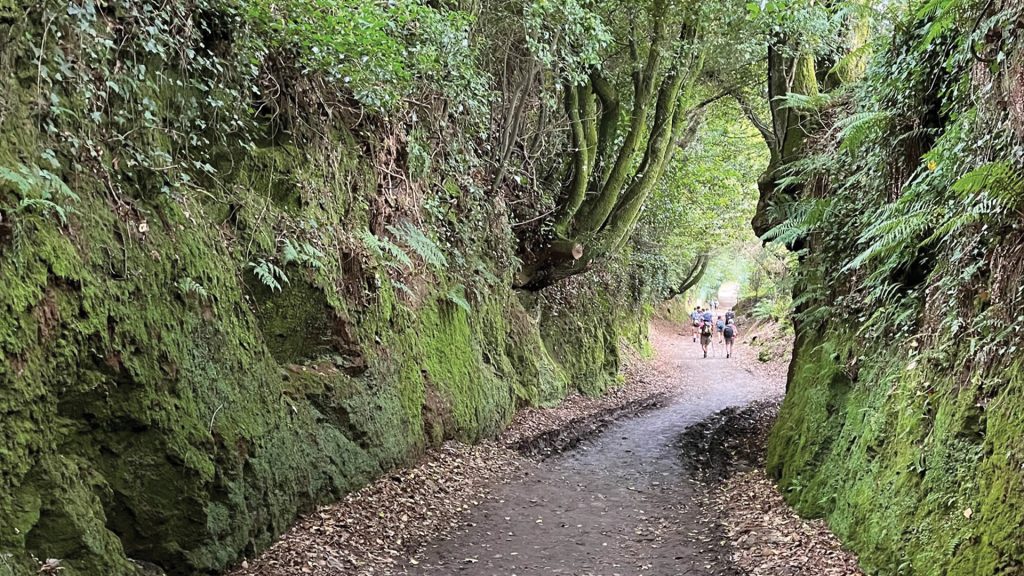
Spain and Japan are defined by their religious traditions, but it’s not only the devout who hike these trails. Many go to embark on a journey of self-discovery and spiritual renewal. In truth, the reason to walk can be as prosaic as wanting to be healthy and lose weight and as profound as coming closer to the spiritual powers that define your world. Regardless of why you walk, when you walk, you do so to find yourself, to unplug, to meet people, and to go on an adventure across the land and into your soul. You might have lost someone or overcome a physical challenge or transitioned to a new part of life. Whatever the reason, the walk changes you.
And everyone walks these trails. In Spain, I met two Spanish sisters and their families walking with their toddler daughters. One of the husbands carried his little girl in a large harness contraption on his back, while the other husband had a solid pram to support his daughter. In Japan, there were modern-day pilgrims in their hiking boots and t-shirts, but also two women who wore Heian-era clothing with many layers and wooden shoes. There were people of all different ages, nationalities, physicalities. They all walked, just as pilgrims who came before them had walked for over 1,000 years. A pilgrimage is a journey that recreates the past to inspire us about the present. It helps us to be more mindful, embrace the moment fully, and realize that we don’t need to carry so much stuff. Rather, it liberates us to carry only what we need, which clarifies what truly matters in life. On pilgrimage, it’s about where you end up: not only the place you arrive at, but the person you arrive as.
This article was originally published in No. 32 of Globetrotting Magazine.
Get more travel inspiration by email.
Subscribe
0 Comments

Get the latest travel trends & hear about the best deals on vacations around the world.
If you’re a Globetrotter, these are the newsletters for you!
